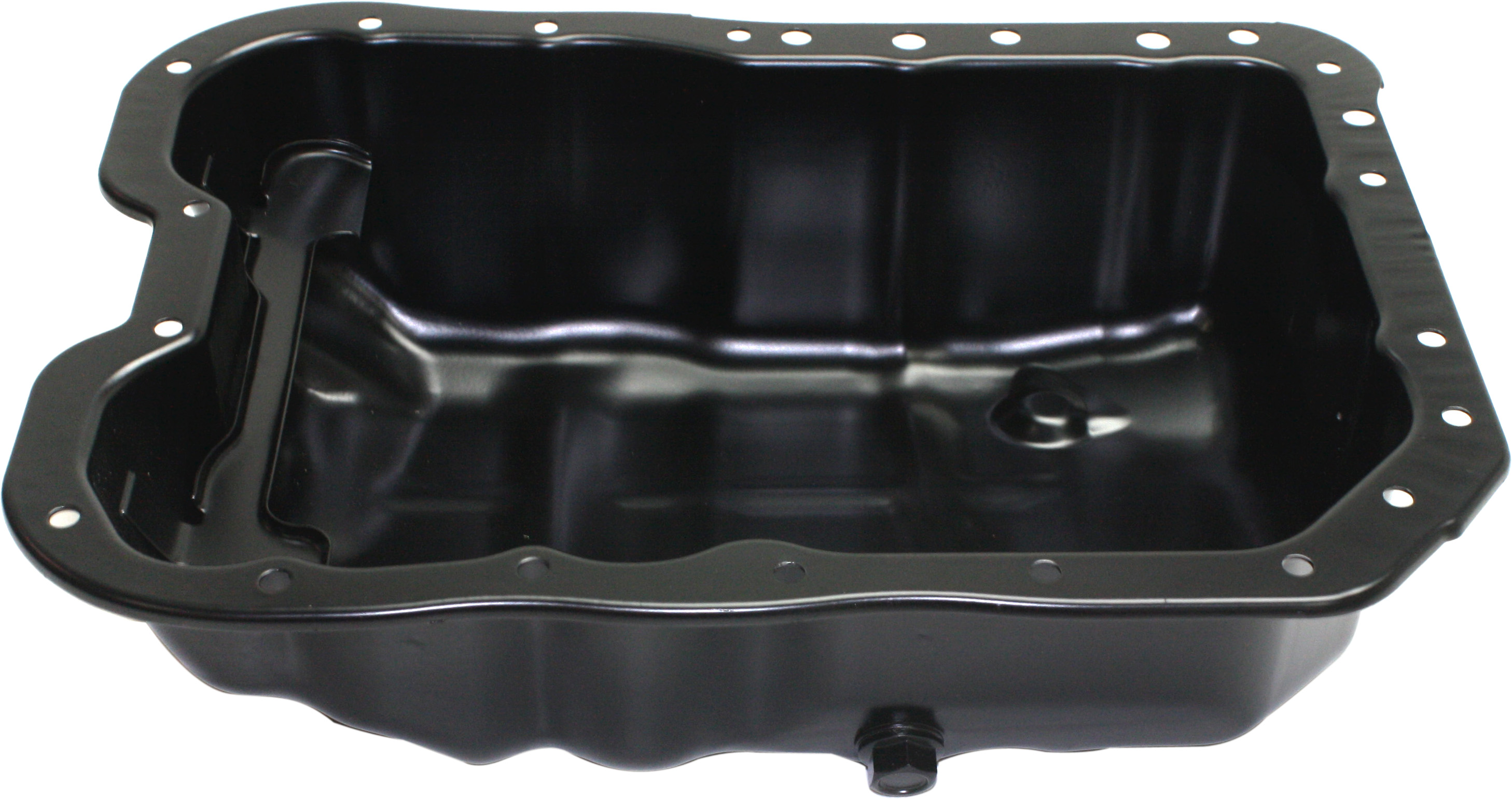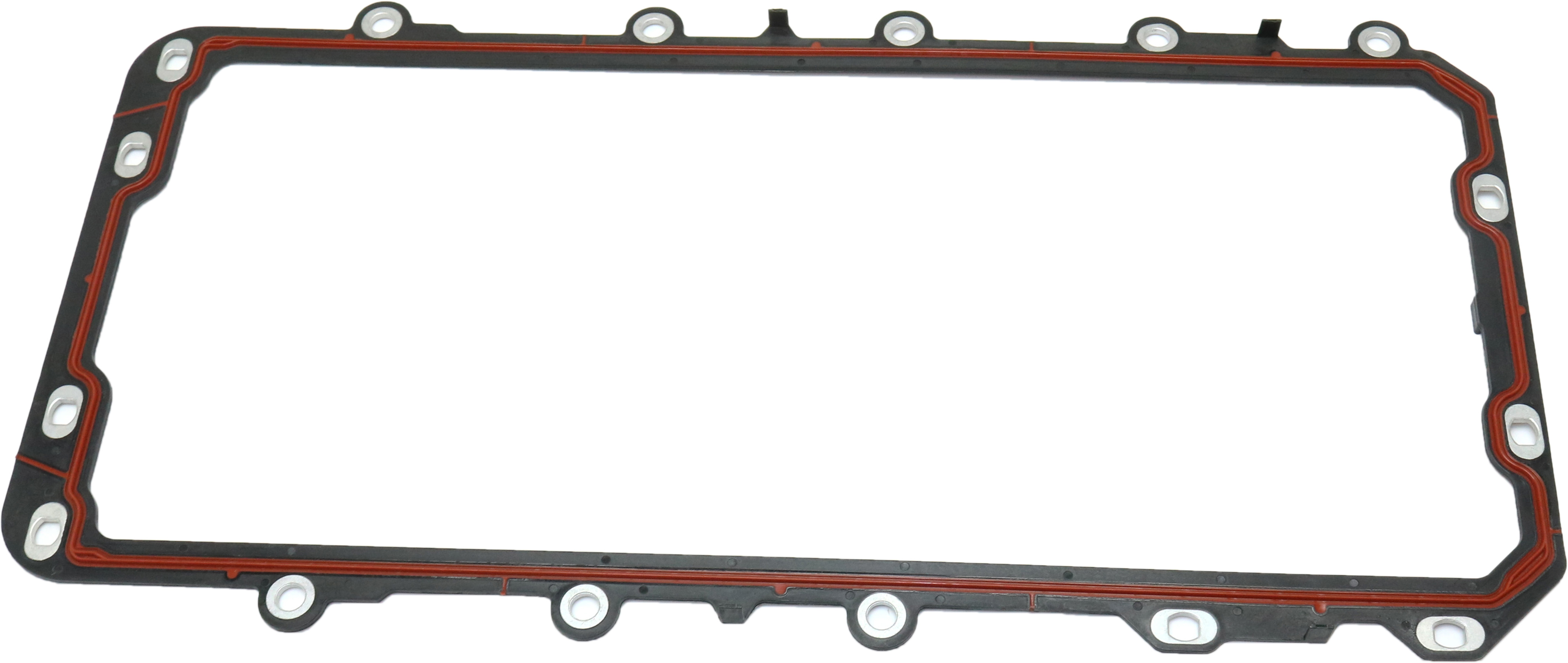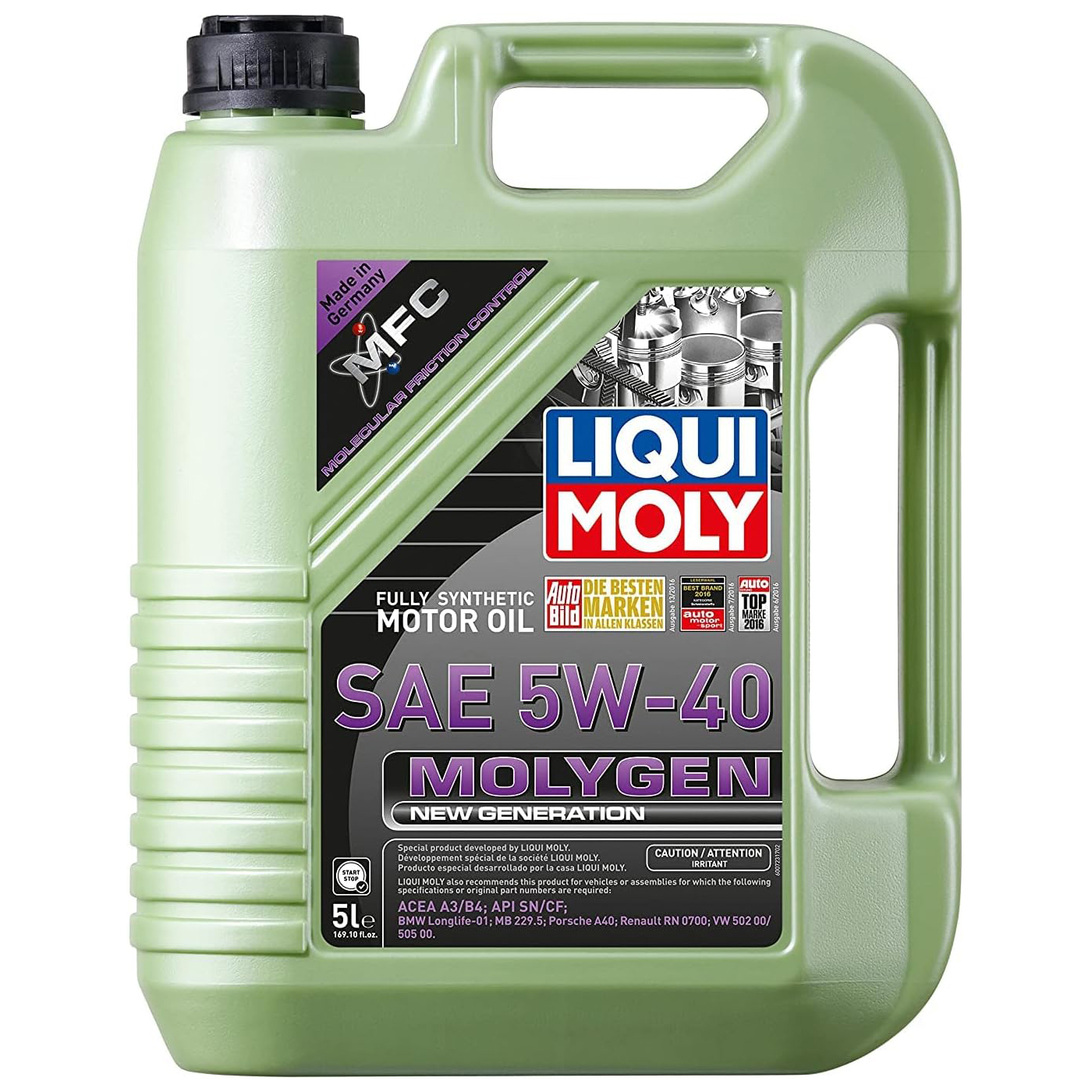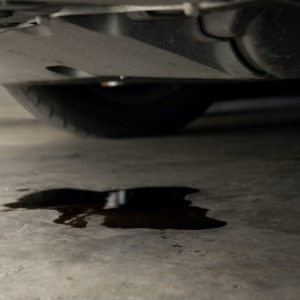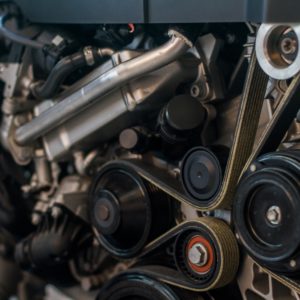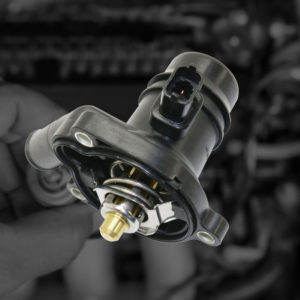It’s no secret that your engine needs motor oil to function properly. Oil reduces the friction generated between metal parts while keeping the engine cool and clean, which is why you must make sure your vehicle has enough of it.
Several parts work together to keep the engine lubricated, and one of these components is the oil pan. It acts as a resting place for the oil before the fluid is pumped throughout the engine. Unfortunately, just like any car part, the oil pan is not immune to wear and tear. If it gets damaged, you’ll have to replace it right away.
What Is an Oil Pan?
An oil pan is a tray-like reservoir that holds the oil before it gets pumped through the engine. Usually made from steel or aluminum, it is usually bolted to the bottom of the engine.

Parts of an Oil Pan
An oil pan may seem like a simple metal tray, but it actually has a few parts that work together to ensure your engine is lubricated properly.
Oil Pan Gasket
An oil pan gasket is a type of sealant between the pan and engine block that prevents oil from leaking from the two parts. It’s usually made from rubber, fiber, or cork ring.
Drain Plug
The drain plug is a threaded bolt at the bottom of the oil pan, which is removed to drain oil from the engine during an oil change.
Baffle Tray
The baffle tray prevents oil from sloshing around inside of the pan.
Windage Tray
Some cars have a windage tray—a metal sheet that prevents oil from contaminating the crankshaft. Some windage trays come with a crankshaft scraper to remove any oil that may infiltrate the shaft.
Symptoms of a Damaged Oil Pan
Because the oil pan is located beneath the vehicle, it may be hard to check for signs of damage. Fortunately, there are other ways to know when it’s time to get a replacement.
Illuminated Warning Lights
An oil pan or pan gasket that’s leaking severely can lead to a low oil level, which, in turn, can trigger dashboard warnings, such as the oil pressure and check engine lights.
Low Oil Levels
A damaged oil pan or faulty pan gasket can lead to an oil leak that results in a low oil level.

Oil Puddles Underneath the Vehicle
Oil dripping beneath the vehicle can indicate a damaged oil pan or gasket.
What Causes Oil to Leak from the Oil Pan?
There are two reasons why oil pan leaks happen: impact damage and worn or damaged gaskets.
Impact Damage
Accidents or road debris may cause the oil pan to sustain impact damage and leak oil from the engine.
Worn or Damaged Oil Pan Gasket
Over time, the oil pan and gasket may wear out and develop leaks. As the engine ages, cork gaskets may harden and shrink due to extreme heat. If your engine uses a rubber gasket, the gasket may also harden and lose its elasticity, causing oil to leak from the pan.
How Much Oil Does an Oil Pan Have?
It depends on the engine, but most oil pans can hold four to six quarts of oil.
How Long Do Oil Pans Last?
Barring impact damage, oil pans can last up to nine years. If yours is older, have it checked or replaced, especially if it often leaks oil.
Can You Drive With a Damaged Oil Pan?
You can drive your car while it has a leaking oil pan. However, don’t delay replacing the part. Otherwise, it can cause problems down the line.
Benefits of Getting an Oil Pan Replacement
Replacing a damaged oil pan as soon as possible can save you thousands of dollars down the road. A leaking oil pan can eventually lead to a dangerously low oil level that results in internal engine damage. This costs way much more to fix than getting an oil pan replacement.
How Much Will an Aftermarket Oil Pan Replacement Cost?

An oil pan replacement can cost anywhere between $20 and $1000, depending on your vehicle’s year, make, and model. Other factors that may affect its price include the pan’s brand, capacity, material, and whether or not it comes with a gasket kit.
Getting an aftermarket oil pan offers several advantages over original equipment manufacturer (OEM) pans. Aftermarket oil pans follow OE specifications and are made from the same high-quality materials as their OEM counterparts but without the expensive price tag.
So if you’re looking for a cost-effective way to go about with your repairs, going the aftermarket route is a great idea. Aftermarket oil pans are also manufactured by multiple brands, making it easy to find a compatible one for your vehicle.
How to Replace an Oil Pan
Installing a new oil pan is usually DIY-friendly. However, if you’re not confident in your automotive know-how, it may be best to leave this task to the pros to ensure proper installation.
To learn more about fixing an oil pan leak, check out our article on the subject.
Frequently Asked Questions
Here are some commonly asked questions about oil pans.
When should you replace an oil pan?
You should replace your vehicle’s oil pan if there are clear signs of damage or leakage. This typically requires close inspection, but you can also ask your mechanic to give you their opinion the next time you’re at the shop for routine maintenance.
If you notice an oil puddle underneath your vehicle, it may be time to get your oil pan replaced. If your engine oil levels are constantly low or deplete rapidly over time, there’s a good chance there’s a leak. Similarly, if the oil pressure warning light is on, there’s likely something wrong with the oil pan.
How often should you replace your oil pan?
No fixed amount of time determines when you should replace your oil pan. Instead, you should only replace your oil pan if it’s cracked or leaking.
Collisions, corrosion, and kicked-up road debris are some of the most common causes of oil pan damage.
What happens if you don’t replace a bad oil pan?
Low engine oil levels due to a damaged oil pan may cause poor lubrication in the engine. The increased friction between metal parts generates more heat, causing premature wear on key engine components.
Final Thoughts
The oil pan is crucial to your engine. It helps circulate oil to lubricate the engine and reduce friction, which keeps the vehicle working smoothly. If something is wrong with the oil pan, your engine could develop issues.
Replace your faulty or damaged oil pan immediately. The cost of buying a new one may seem steep, but it will keep your vehicle and its engine healthy.
Shop this Project



Any information provided on this Website is for informational purposes only and is not intended to replace consultation with a professional mechanic. The accuracy and timeliness of the information may change from the time of publication.


